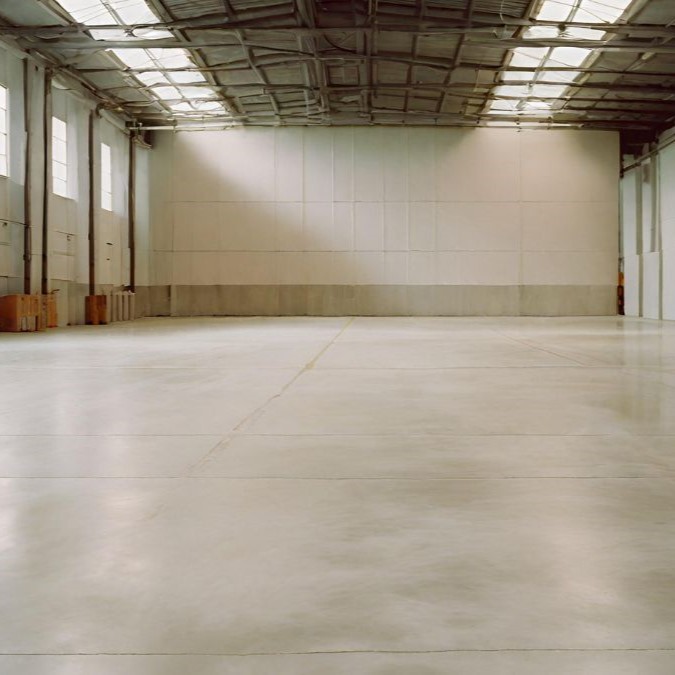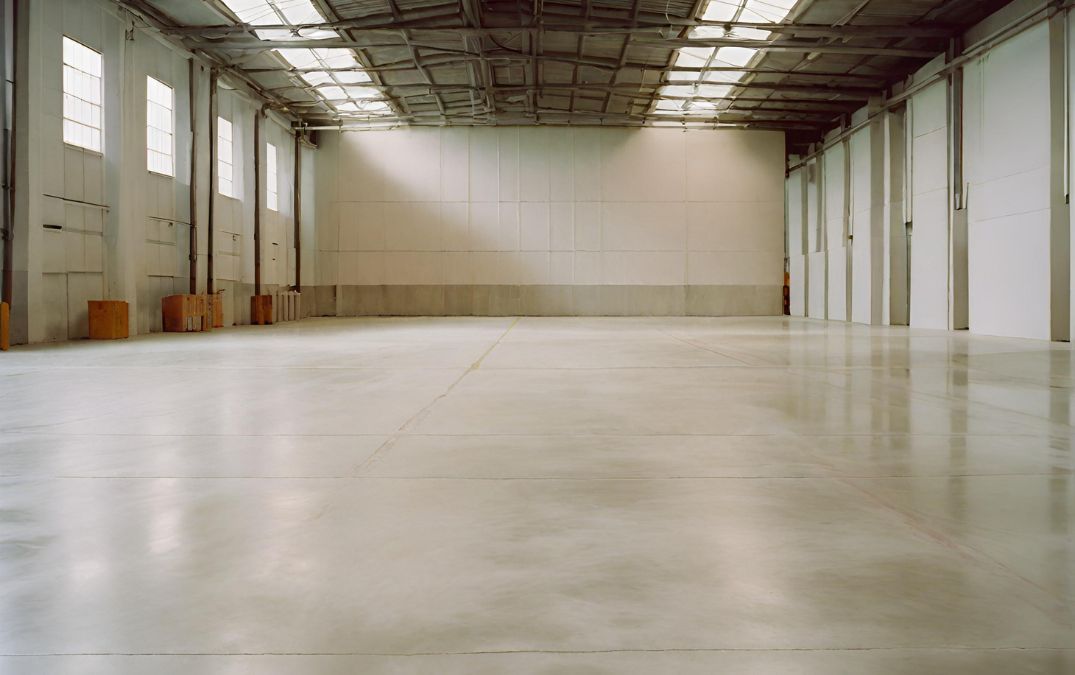How cold is too cold to lay concrete?
Temperatures below 5°C (41°F) can significantly slow down the curing process and affect the strength of the concrete. When temperatures drop below this threshold, the risk of the concrete freezing before it has set increases, which can lead to cracking, reduced durability, and compromised structural integrity. To ensure proper curing and strength development you have to take additional precautions or consider delaying the pour until temperatures are more favourable.
However, concrete can still be laid successfully in colder conditions if the right measures are in place. This includes using cold weather admixtures to accelerate curing, pre-warming the materials, and protecting the freshly laid concrete with insulated blankets or heated enclosures. By implementing these strategies, concrete can be safely and effectively poured even in temperatures approaching 0°C (32°F).



